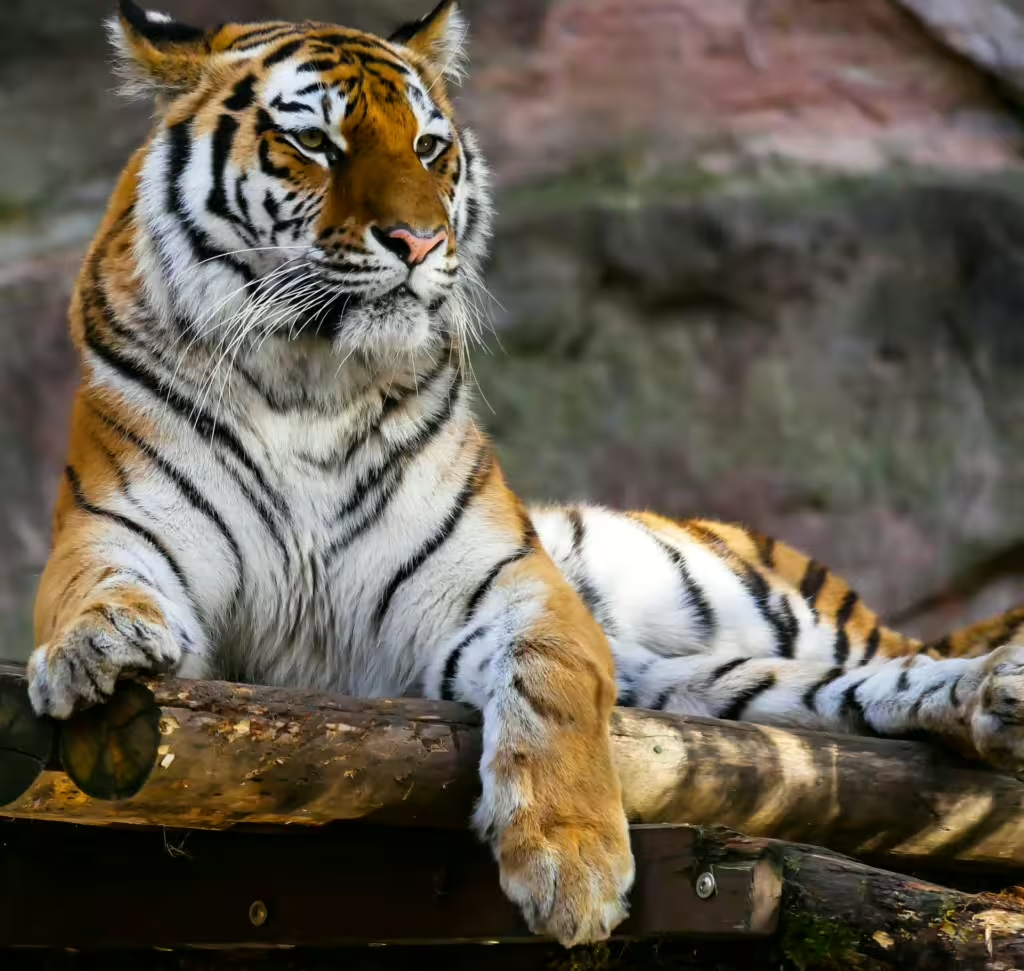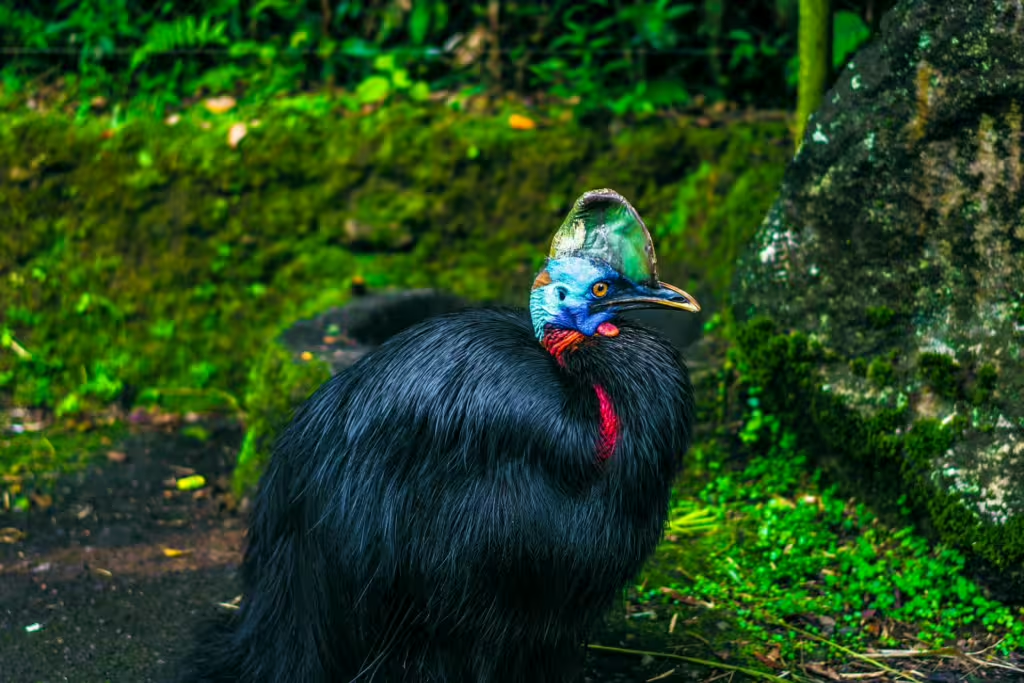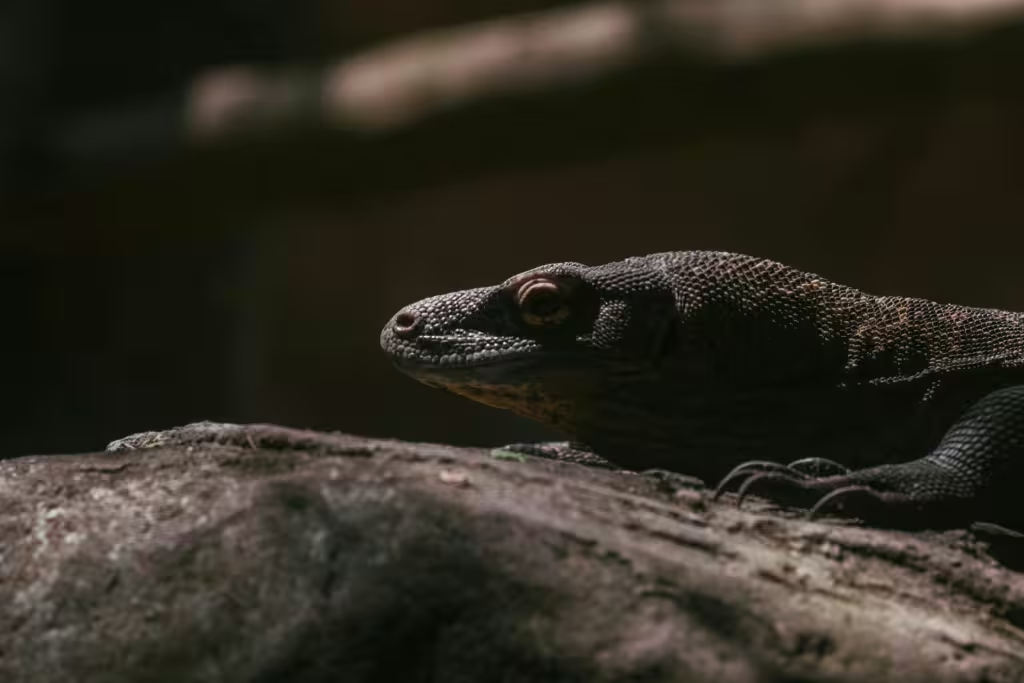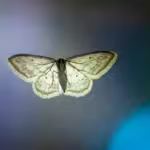Today, True Investigator begins our World Tour! That’s right, over the coming weeks, we plan to visit some of the most exotic, specialized habitats on the planet. From the frigid Antarctic to the sweltering Mojave, we plan to take our readers on a whirlwind adventure across the entirety of the animal world. Our first stop? Indonesia!
One of the world’s most biodiverse nations, Indonesia is home to more than a few different biomes. Animals live in sprawling rainforests and mangrove swamps, but also make their homes in the volcanic highlands and upon dry savannas. Many people don’t realize that this island country is more than just a single chain, but rather 17,000 islands, full of a complex array of plants and animals. Sitting at the crossroads of Asia and Australia, these islands harbor a multitude of creatures found nowhere else on the planet.
In this article, we will explore some of the most unique terrestrial animals among those species. As we make our way across the islands, we will learn how their extraordinary adaptations have helped them to survive and thrive in this remarkable archipelago.

Komodo Dragon (Varanus komodoensis)
Arguably, the most famous of Indonesia’s amazing animals is the primordial beast known as the Komodo dragon. The dragon—aptly-named, we might add—is the largest lizard in the world. Adults can reach upwards of 10 feet in length and weigh more than 150 pounds. Being that Indonesia is rather large, as previously discussed, the Komodo dragon is only found on a few islands, specifically it is endemic to Komodo, Rinca, Flores, and Gili Motang, though it has been sighted elsewhere. This is because, in addition to every other frightening fact about it, this apex predator can swim when it has to.
- Diet: The Komodo dragon is fully carnivorous, feeding on deer, pigs, and even water buffalo, but it scavenges meat when opportunity presents.
- Adaptations: Large and powerfully-built, the dragon’s main adaptation of note is its saliva, which carries a mix of harmful bacteria as well as anticoagulant venom proteins that weaken prey after a bite.
- Behavior: Despite their size, Komodos are actually stealth hunters, using camouflage and sudden bursts of speed and bites to ambush unwary prey.
Babirusa (Babyrousa spp.)
Sometimes known as the “deer-pig,” the babirusa is one of Indonesia’s most peculiar creatures. We say peculiar because of its striking features, namely its unusual upper canine tusks, which grow upwards, through the snout; in males at least. As they grow, the tusks curve backward toward the skull and can be fatal if not ground down or broken off. Like most pigs, the babirusa does quite well living in island ecosystems and can be found primarily on Sulawesi and nearby islands.
- Diet: Pigs, in general, are omnivorous, and the babirusa’s diet consists of fruits, leaves, insects, and small animals.
- Adaptations: The bizarre tusks of the babirusa might seem dangerous but they actually play a major role in mating displays rather than being used for combat purposes.
- Cultural importance: The babirusa is of cultural significance to native Indonesians. It often appears in local folklore traditions, despite the fact that its very existence is presently threatened by habitat loss and hunting.
Anoa (Bubalus depressicornis and Bubalus quarlesi)
Many readers might be unfamiliar with the anoa, a large, island-dwelling ungulate known as the “dwarf buffalo.” This creature is one of the smallest wild cattle species in the world and is endemic to Sulawesi. There are two subspecies among the anoa: the lowland anoa and the mountain anoa.
- Size: This cattle is about the size of a large goat, making it much smaller than your average buffalo.
- Habitat: Anoa live in dense forests. They tend towards a solitary existence but can sometimes be found living in small herds.
- Threats: Sadly, though they are shy and rarely encountered in the wild, the anoa is nonetheless hunted for its meat and skin. They are also threatened by the same habitat loss that effects other natives of the Indonesian archiapelago.
Javan Rhinoceros (Rhinoceros sondaicus)
The sad story of the Javan rhinoceros is one we’ve been forced to tell many times before. Once widespread across Southeast Asia, this exceedingly rare rhino can now only be found in Ujung Kulon National Park in western Java. As of the writing of this article, fewer than 80 individuals are left in existence, making it one of the rarest large mammals on Earth.
- Appearance: The Javan variety is smaller than the Indian rhino, with only one horn. Females are smaller and often lack visible horns.
- Habitat: The Javan rhino is one of the few land mammals of its size that makes its home in dense lowland rainforests, rather than a mix of plains and forest habitats.
- Conservation: Though it is strictly protected by Indonesian officials, the Javan rhinoceros is still very much in danger.

Tarsier (Tarsius spp.)
We go from speaking about a large, Indonesian native, to a far tinier one. The Tarsier can be counted among the tiniest primates in the world, and are found living on the Indonesian island of Sulawesi; though they can be found on nearby islands as well. Tarsiers are nocturnal and most recognized by their enormous eyes, which are each bigger than the primate’s diminutive brain.
- Adaptations: The tarsier’s huge eyes provide them with excellent night vision. They also possess the uncanny ability to rotate their heads nearly 180 degrees.
- Diet: Smallish though they might be, tarsiers are strictly carnivorous, feeding primarily on insects, lizards, and small birds.
- Behavior: Tarsiers aren’t just unusual to behold and quite adept at nocturnal hunting, they also possess a unique means of communication. They utilize ultrasonic calls to seek out fellow tarsiers in the jungle. Those calls are so high-pitched that they are fully inaudible to humans.
Sumatran Tiger (Panthera tigris sumatrae)
Sadly, there aren’t many left tigers in this world and the Sumatran tiger is among the most endangered. This subspecies is the smallest surviving tiger on the planet. It is so-named because it is found only on the island of Sumatra and only 400 individuals are left in the wild, making it critically endangered.
- Appearance: This tiger has darker fur and thicker stripes than other tigers, which provide excellent camouflage in the dense jungles of its island home.
- Behavior: Like many big cats, the Sumatran tiger is a solitary, elusive hunter, that requires large swaths of territory in which to live and hunt.
- Threats: Poaching for body parts and loss of forest habitat due to palm oil plantations have endangered the Sumatran tiger even further. If nothing is done, it could be gone from our world in a few short decades.
Tree Kangaroo (Dendrolagus ursinus)
Many of us assume that kangaroos can only be found leaping across Australia on the ground, but marsupials come in all shapes and sizes. There are, in fact, several species of tree kangaroo that live in the rainforests of Papua, Indonesia’s easternmost province. That said, tree kangaroos are a living indication of Indonesia’s connection to the Australasian area of the world, where most marsupials still thrive.
- Adaptations: These arboreal creatures possess strong forelimbs and long tails that aid them in climbing trees.
- Diet: Tree kangaroos are herbivores and eat mostly leaves, fruits, and flowers.
Cassowary (Casuarius spp.)
Another Papuan resident that people might wrongfully assume is from Australia, is the southern cassowary is one of the largest, most ferocious birds in the world. Possessed of a helmet-like casque, vivid blue neck, and powerful legs, the cassowary is as beautiful to behold as it is dangerous to encounter.
- Behavior: Shy but fiercely territorial, the cassowary is capable of delivering lethal kicks with the dagger-like claws on its toes.
- Diet: Frugivorous (fruit-eating) the cassowary plays a crucial role in dispersing seeds through its rainforest home.
- Cultural role: As one might expect from its highly-unique appearance, the cassowary is revered in Papuan traditions and folklore.

Threats to Indonesia’s Wildlife
Unfortunately, like so many of the unique ecosystems we plan to visit in the coming weeks, Indonesia is as threatened by human impact as one place can be. Many of the species that live here are endangered by deforestation, illegal poaching, overhunting, pollution, climate change, and the proliferation of invasive species due to colonization. In many ways, conservation in Indonesia has become a race against time and a race against our own indifferent interference, requiring both local and global cooperation if it is to be remedied before it’s too late.
True Investigator Says…
As you can see, Indonesia may be the first stop on our World Tour, but it is by no means the most hum-drum. This archipelago is home to some of the most extraordinary species on planet—giant reptiles, miniature primates, hidden rhinos, and deadly, colorful birds. As you can plainly see, these animals are more than curiosities; they are vital parts of their unique ecosystem and their presence supports the forests, endemic species, and peoples of the nation, along with the global environment. Stay tuned for our next exciting stop on the True Investigator World Tour!
Discover more from TrueInvestigator
Subscribe to get the latest posts sent to your email.


